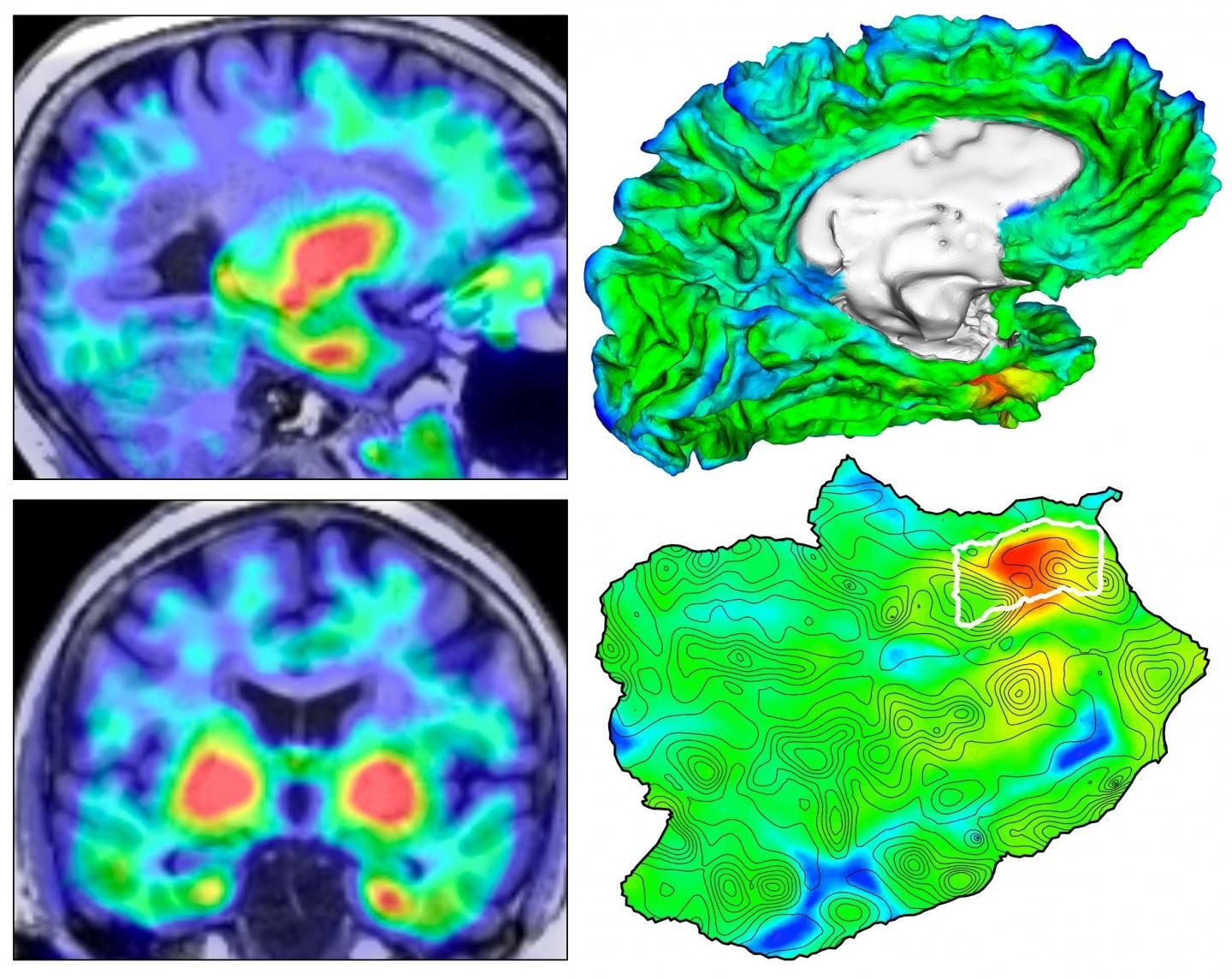PET Imaging Reveals Site of Tau’s Emergence in Alzheimer’s
Identification of tau’s point of origin can potentially lead to improved treatments and intervention design.
Using an automated PET imaging analysis strategy, providers can follow how tau protein clumps develop in the brains of people who have Alzheimer’s disease. It is a method that could shed light on better ways to treat the neurodegenerative disease.
Investigators from Massachusetts General Hospital created and used this analysis method to measure tau progression in patients who were in varying stages of Alzheimer’s. They found that, before it spreads throughout the brain, tau signal initially appears in the rhinal cortex, separately from beta-amyloid.
The team, led by senior author Keith Johnson, M.D., professor of radiology at Harvard Medical School and co-director of the Neuroimaging Program of the Massachusetts Alzheimer’s Disease Research Center, and first author Justin Sanchez, with the Gordon Center for Medical Imaging, published their findings in the Jan. 20 Science Translational Medicine. Based on their work, they concluded that focusing treatments on rhinal cortex tau could slow Alzheimer’s progression.
Four views of the origin of tauopathy in vivo. Left, TAU PET images for a cognitively normal person; right: top, 3D rendering of brain surface with TAU PET overlay; bottom, flat map showing topographic detail of surface anatomy with TAU origin identified in white outline. CREDIT: Justin Sanchez and Keith Johnson, Massachusetts General Hospital

“These findings suggest that [the rhinal cortex] is a biomarker of downstream tau spread…with potential utility for therapeutic trials in which reduction of tau spread is an outcome measure,” the team said.
Related Content: MRI and PET Reveal Link Between Blood Flow and Tau Accumulation in Alzheimer’s Patients
Existing Alzheimer’s treatments have had limited efficacy because they only come into play after tau has already spread in the brain, the team explained. Having a better understanding of where tau first appears and how it infiltrates the brain can, potentially, make it easier to design better treatment options.
To create their automated anatomic sampling method, the team leaned heavily on existing work around molecular PET measurements of specific tau-vulnerable convolutional temporal lobe anatomy. They, then, put their strategy to use, measuring tau signals on PET scans of 443 adult participants, including 55 individuals who had an Alzheimer’s diagnosis, who were enrolled in several Alzheimer’s observational studies. They included patients from various ages, beta-amyloid burdens, and clinical impairment levels.
Based on their analysis, they saw that tau initially appears in the rhinal sulcus of clinically normal people. But, in a smaller group of 104 participants followed for two years, they tracked the beta amyloid-associated spread of tau from the rhinal sulcus to the neocortex of the temporal lobe and on to the extratemporal regions. Ultimately, they determined that more significant tau spread was associated baseline measures for both global beta-amyloid burden and medial temporal lobe tau.
“These findings are consistent with clinicopathological correlation studies of Alzheimer’s tauopathy and enable precise tracking at [Alzheimer’s disease]-related tau progression for natural history studies and prevention therapeutic trials,” they concluded.
For more coverage based on industry expert insights and research, subscribe to the Diagnostic Imaging e-Newsletter here.
What is the Best Use of AI in CT Lung Cancer Screening?
April 18th 2025In comparison to radiologist assessment, the use of AI to pre-screen patients with low-dose CT lung cancer screening provided a 12 percent reduction in mean interpretation time with a slight increase in specificity and a slight decrease in the recall rate, according to new research.
Can CT-Based AI Radiomics Enhance Prediction of Recurrence-Free Survival for Non-Metastatic ccRCC?
April 14th 2025In comparison to a model based on clinicopathological risk factors, a CT radiomics-based machine learning model offered greater than a 10 percent higher AUC for predicting five-year recurrence-free survival in patients with non-metastatic clear cell renal cell carcinoma (ccRCC).
Could Lymph Node Distribution Patterns on CT Improve Staging for Colon Cancer?
April 11th 2025For patients with microsatellite instability-high colon cancer, distribution-based clinical lymph node staging (dCN) with computed tomography (CT) offered nearly double the accuracy rate of clinical lymph node staging in a recent study.